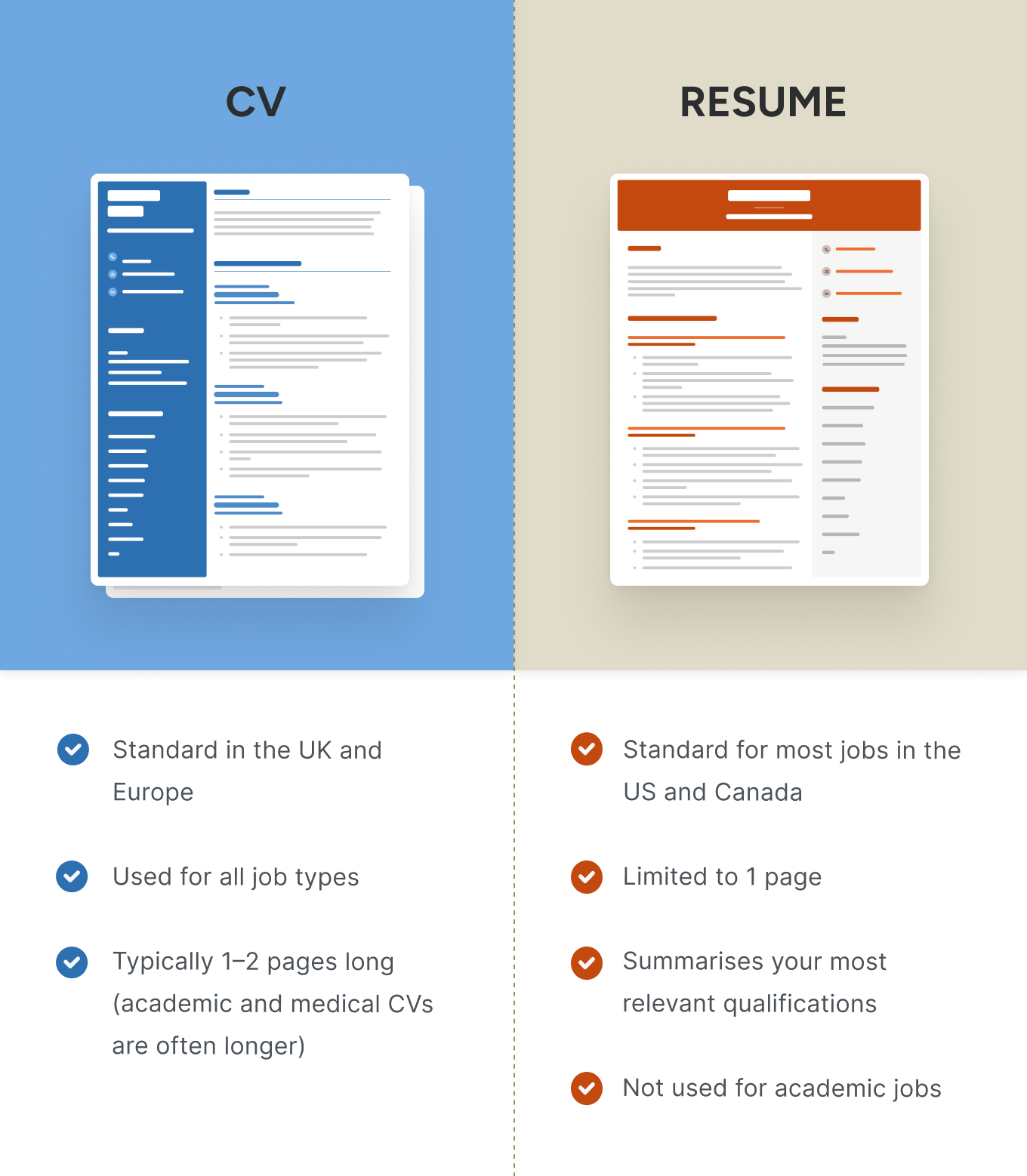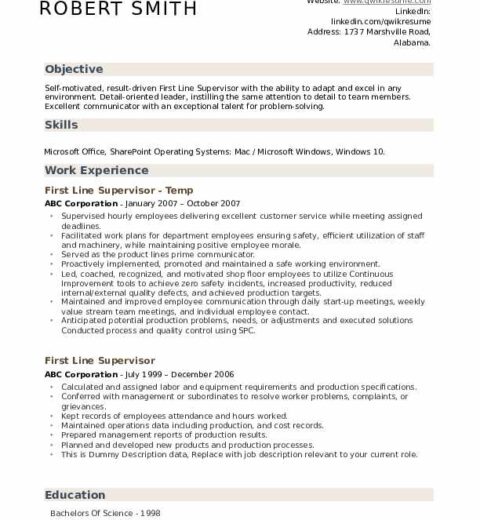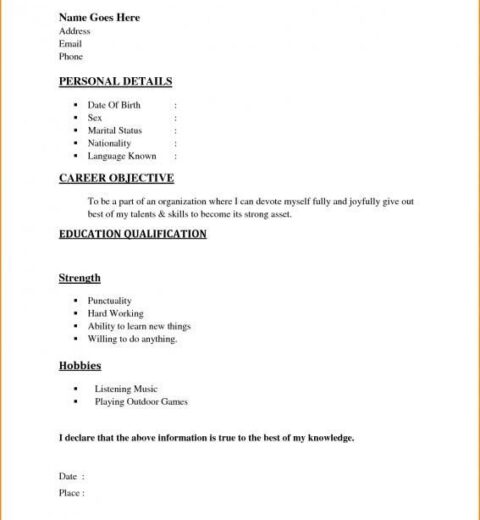The distinction between a resume and a Curriculum Vitae (CV) is a nuanced yet critical aspect of the job application continuum. Both documents serve the purpose of representing an individual’s professional qualifications, yet the contexts in which they are utilized, as well as their structural characteristics, diverge considerably. Understanding these differences is paramount for job seekers who wish to present themselves in the best possible light.
At the outset, it is essential to recognize that while both documents showcase qualifications, they cater to different audiences and goals. A resume is typically a succinct overview of an individual’s experience and skills, often confined to one page, and is tailored for specific job applications. It is designed for quick perusal, enabling hiring managers to glean pertinent information swiftly.
Conversely, a CV is more extensive, encompassing a comprehensive account of an academic and professional portfolio including education, publications, research, and achievements. While a resume is customized for each job application, a CV is generally more static, with additions being made over time rather than frequent revisions for specific positions. In fact, individuals in academia or research-driven professions often utilize CVs, as they need to illuminate a breadth of information that outlines their scholarly contributions.
One notable contrast lies in the length and detail of these documents. Resumes, designed to be concise and engaging, typically vary in length from one to two pages. They focus on relevant work experience, succinctly listing job titles, responsibilities, and accomplishments, often using bullet points for clarity. Action verbs such as “developed,” “managed,” or “achieved” inject vigor into the descriptions, capturing the attention of potential employers.
In contrast, CVs can extend to several pages, particularly in fields like academia, where a thorough account of educational background, teaching experience, research interests, conference presentations, and published works are essential. The expectation is that the individual’s experiences will be articulated in full, providing an in-depth perspective on one’s qualifications and career trajectory. This may involve a more narrative style, explaining not just what was done, but also the context, methodologies applied, and outcomes achieved.
Moreover, the use of these documents is often geographically influenced. In the United States, the term “resume” predominates for most job applications outside academia, whereas “CV” is employed primarily in academic or medical professions. However, in other regions, such as Europe, the terms may be used interchangeably, and a more standardized format might be expected in either case. This geographical variance necessitates a degree of flexibility for job applicants who are exploring international opportunities.
When considering which document to use, one must take into account the specific requirements of the position or the conventions of the industry. For instance, a candidate applying for a corporate role in marketing should prioritize a resume, emphasizing their relevant skills and achievements succinctly. In contrast, an educator applying for a position at a university will likely need to provide a CV that details their teaching philosophy, publications, and academic credentials, portraying them as a well-rounded candidate with a significant commitment to their field.
There is also the aspect of presentation to consider. A resume should be visually appealing yet professional, using a clean layout, ample white space, and clear headings. Fonts should be easy to read, and colors should be used judiciously to enhance rather than detract from the textual content. Conversely, a CV may allow for a bit more creativity in design, particularly if the individual’s field allows for a unique presentation style; however, clarity and professionalism should remain paramount.
As technology has advanced, the format in which resumes and CVs are presented has evolved as well. Digital formats are now standard, and applicants should consider tailoring their documents for Applicant Tracking Systems (ATS), which many organizations employ to filter applications. For both resumes and CVs, it is critical to incorporate relevant keywords that align with the job description to ensure that the document passes through these initial automated screenings.
Additionally, networking plays a critical role in the job application process. Often, bespoke resumes tailored to specific roles stemming from networking opportunities are far more effective than generalized templates. While having a solid CV for posting on academic platforms like LinkedIn can complement an adeptly developed resume, personal connections and recommendations can propel candidates forward.
Ultimately, whether choosing a resume or a CV should be dictated by the context of the job application. Candidates should invest time in understanding the norms of their target industry, thereby enhancing their chances of making a favorable impression. The decision between the two is not merely a matter of length but of the strategic presentation of one’s professional narrative in a manner that aligns with industry expectations.
In conclusion, the difference between a resume and a CV is characterized by their purpose, length, detail, and application context. Choosing the correct document is vital, as it not only reflects a candidate’s qualifications but can also significantly influence their potential success in securing employment. Understanding these intricacies can empower job seekers to approach their applications with greater confidence and clarity.




